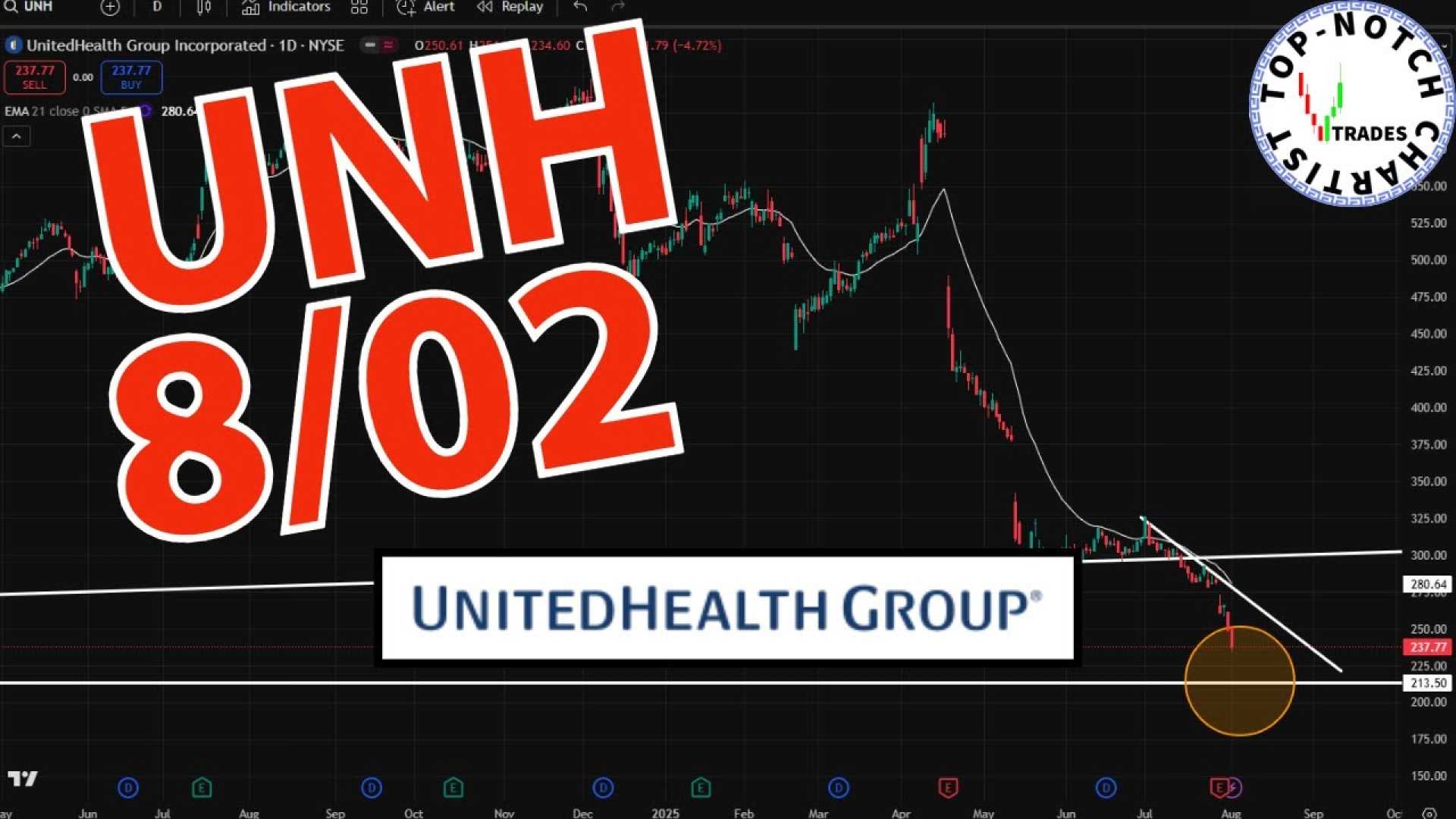Business
UnitedHealth Faces Major Stock Decline Amid Escalating Costs

MINNETONKA, Minn. — UnitedHealth Group‘s stock has dramatically dropped from about $600 in April 2025 to approximately $260, a staggering 58% decrease in just four months. This decline reflects serious challenges within the company’s core health insurance sector, intensified by rising medical expenses that have squeezed profit margins.
The primary factor behind UnitedHealth’s downturn is its worsening medical care ratio, which surged to 89.4% in the second quarter of 2025. This represents a concerning 430 basis point increase compared to the same quarter last year. In contrast, the ratio was 82% in 2022, highlighting a troubling trend in margin contraction.
The medical care ratio is a crucial metric for health insurers, measuring medical expenses against premiums earned. The rise indicates that UnitedHealth is paying much more in medical claims than anticipated, while premium increases fail to match the growing healthcare costs.
As a consequence, the company’s operating performance has also suffered. UnitedHealth’s margin has decreased from 8.8% in 2022 to 7.3% over the past twelve months. While this appears minor, any decline in a sector known for thin margins can have a significant impact on financial health.
Investors have been particularly alarmed by a drastic change in earnings expectations. UnitedHealth had initially estimated an adjusted earnings per share of around $30 for 2025. However, that forecast has been downgraded to just $16 per share, marking a near 47% reduction and underscoring the company’s operational struggles.
Management has indicated that UnitedHealth is not expected to return to earnings growth until at least 2026, suggesting that the pressures from rising medical costs may persist longer than previously thought. Currently, the stock is trading at approximately 16 times the estimated 2025 earnings, considerably lower than its five-year average of 22 times earnings.
The downturn in UnitedHealth’s stock becomes even clearer when comparing it to similar healthcare companies. For instance, another firm saw its stock plummet from over $80 in early 2024 to about $43 by the end of the year due to operational issues, trading at just 8 times its adjusted earnings.
If UnitedHealth’s valuation drops to around 10 times its earnings, the stock could fall to about $160, which would be an additional 36% decline from current levels. This scenario is particularly disconcerting as the decline stems from internal operational issues rather than external market forces.
Challenges facing the company include increasing utilization of medical services as patients seek to catch up on deferred care, worsening medical conditions, and regulatory constraints limiting premium increases. The overall trend of healthcare cost inflation signals that these challenges may continue.
The significant fall from $615 to $250 raises genuine concerns about UnitedHealth’s declining fundamentals. The increase in the medical cost ratio, reduced operating margins, and drastic revision of earnings guidance all indicate serious operational challenges that go beyond typical market fluctuations.
As UnitedHealth moves forward, stakeholders should proceed with caution, closely monitoring the company’s ability to control medical costs and recover profitability. The path to recovery appears challenging and may extend into 2026.












